What is a French drain? This innovative drainage solution could rescue waterlogged lawns
Waterlogged lawn? A French drain can help
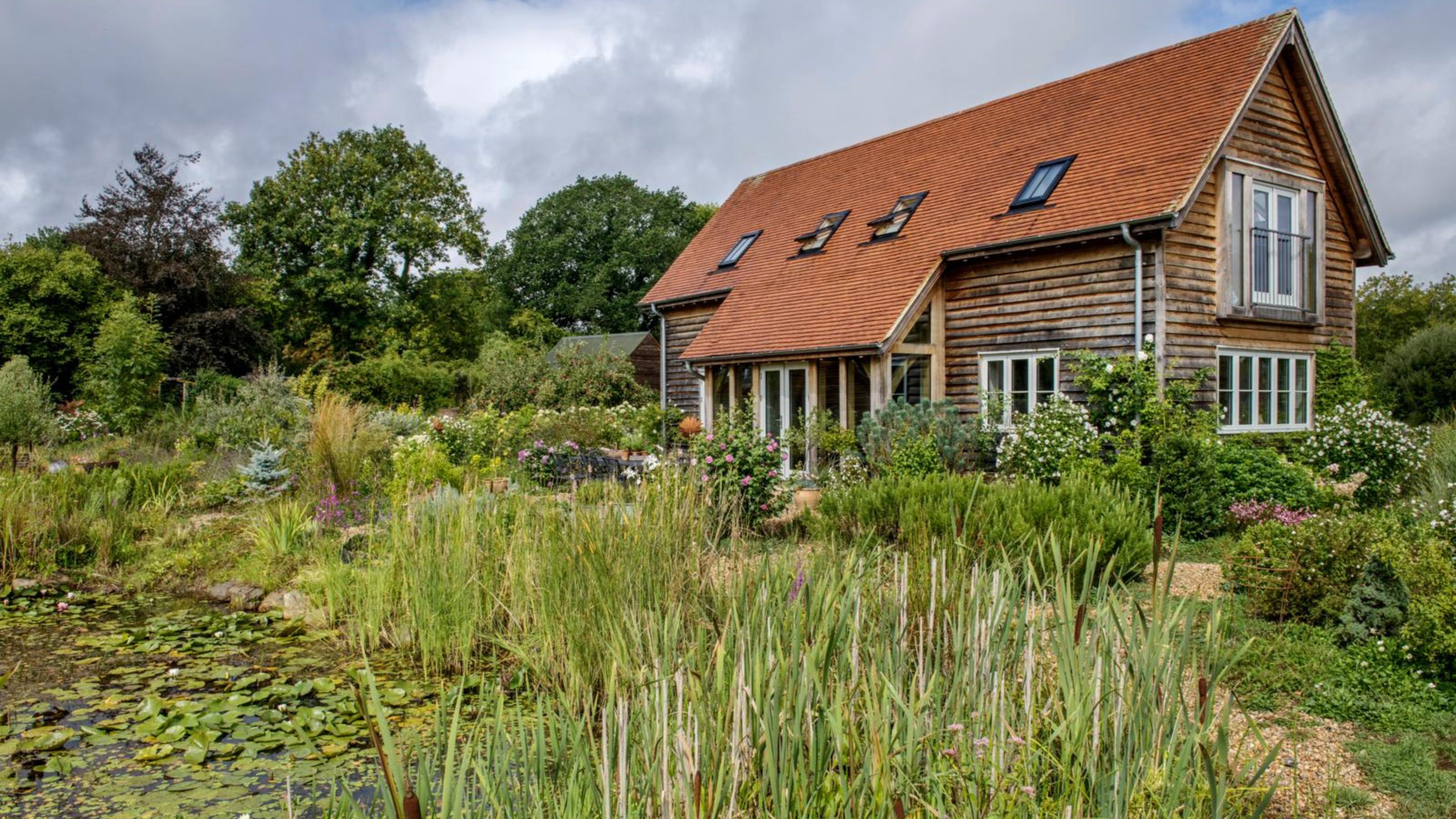

If your lawn has taken a battering from the wet and windy weather this month you need to know what a French drain is. Not just because it has the best possible name for a drainage system we've heard, but it could be the saving grace your waterlogged lawn needs.
On average, it rains 152 days of the year in the UK, which is not ideal for lawn care regimens. A French drain is a smart method for how to improve lawn drainage. While aerating and scarifying your lawn can certainly help with waterlogging and surface water, they won’t necessarily solve it. A French drain can, though.
Using a trench system to take excess water from one side of your garden to another, French drains are innovative and efficient. We've asked the experts for a full lowdown on how this smart landscaping solution works and how to add one to your garden.
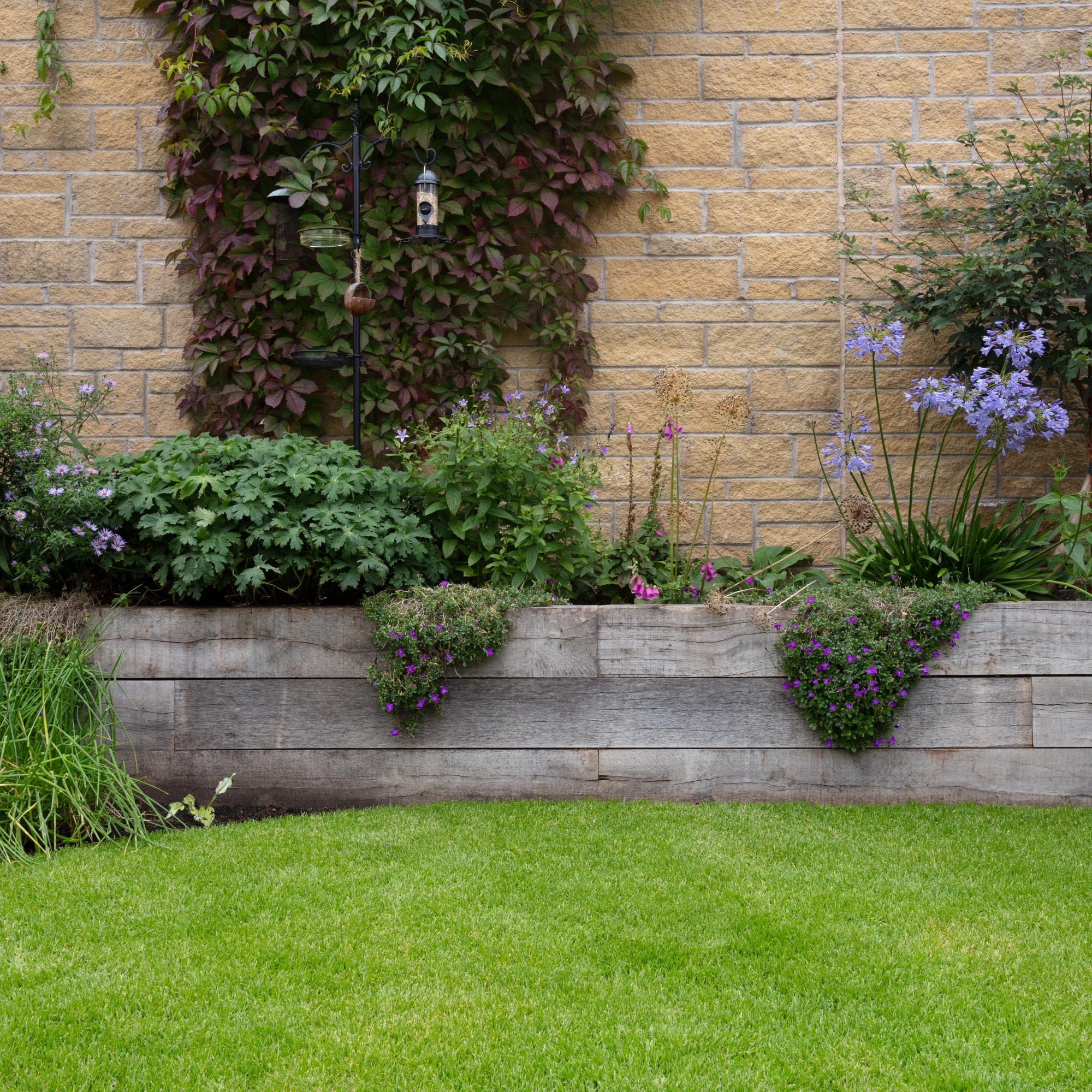
What is a French drain?
If you’re constantly looking for ways to save your garden after heavy rainfall or you’re struggling with water pooling around the exterior of your home, a French drain can help.
'If flooding is a regular issue, you may want to consider installing a French drain,' says Matt Kent, landscape manager at Toolstation. 'This is a gravel-filled ditch with a perforated underground pipe to drain away the water.’
Yes, a French drain is typically used in gardens and around homes that suffer from an excess of surface water. If installed correctly, it will redirect the water from these problem areas through a channel to another area of your garden that isn’t as severely affected.
By doing this, you can divert surface water away from problem areas into areas that are less likely to flood, where the water can easily seep into the ground without becoming waterlogged in the process. This will ultimately save your grass and your home from water damage or damp problems.
Get the Ideal Home Newsletter
Sign up to our newsletter for style and decor inspiration, house makeovers, project advice and more.
Plus, you don't have to worry about it being on show. Gregory Smith, property expert at PriceYourJob.co.uk says, 'It can be covered over with turf or decorative gravel to fit in with your landscaping.'
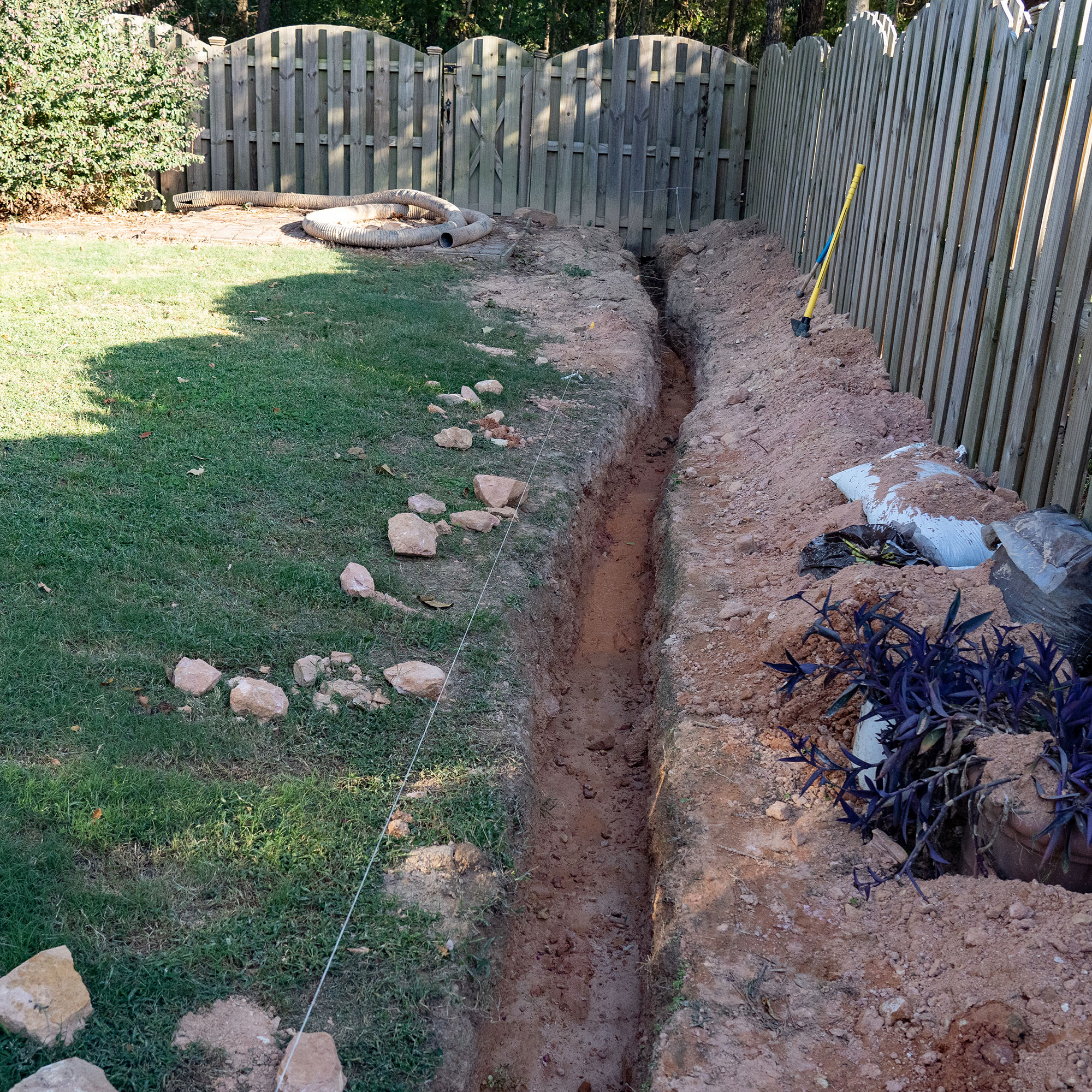
A trench being dug for a french drain installation
How does a French drain work?
French drains are particularly handy for those who have uneven or sloping gardens, as this uneven terrain can cause waterlogging in the lower areas. However, this drainage solution can be employed by almost anyone with drainage issues. The only exception to that rule would be people who have a completely flat garden.
That’s because a French drain works by using gravity to its advantage. The idea is that the water falling into your garden will seep down into the gravel-filled trench and into the perforated pipe underneath the ground. Then, it will flow down to a suitable drainage area.
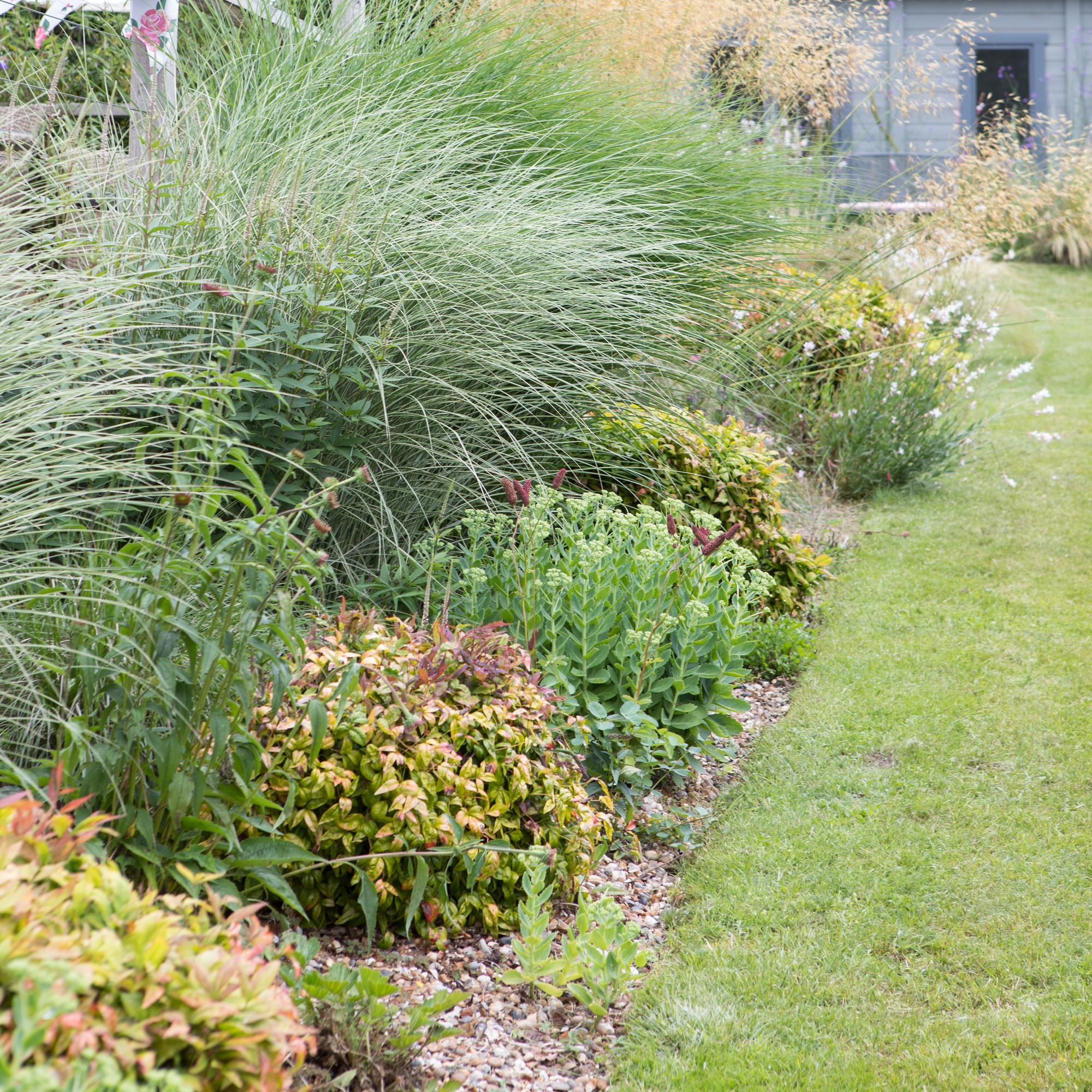
In most cases, the trench is also lined with a membrane, which will prevent any blockages from soil or sediment.
You can’t just start digging a channel and hope for the best, though. Alex Ventress, Property Expert at The Property Buying Company, explains, ‘To effectively utilise French drains for your home, start by assessing the areas prone to water accumulation and determine the best direction for redirecting water flow.’
How do you install a French drain?
If your waterlogged lawn is crying out for an innovative drainage solution, you’ll be happy to know that you can install your own French drain yourself. The process can be fiddly, though, so it’s best to set aside a weekend to dig the trench properly and ensure that the drain is in the right position for drainage.
To start, Alex says, ‘Gather necessary supplies such as perforated PVC or corrugated plastic pipe, gravel, landscape fabric, and other tools. Plan the drainage path, ensuring a gradual slope away from the problematic area.’
‘Dig a trench along the planned route, adding a layer of gravel at the bottom to facilitate drainage. Install the perforated pipe, wrapping it in landscape fabric to prevent debris from clogging the holes. Backfill the trench with gravel, compacting it as you go, and cover it with soil until level with the surrounding ground. Optionally, incorporate catch basins or pop-up emitters for surface runoff. Test the drain by pouring water or waiting for rain and maintain it regularly to prevent clogs.’
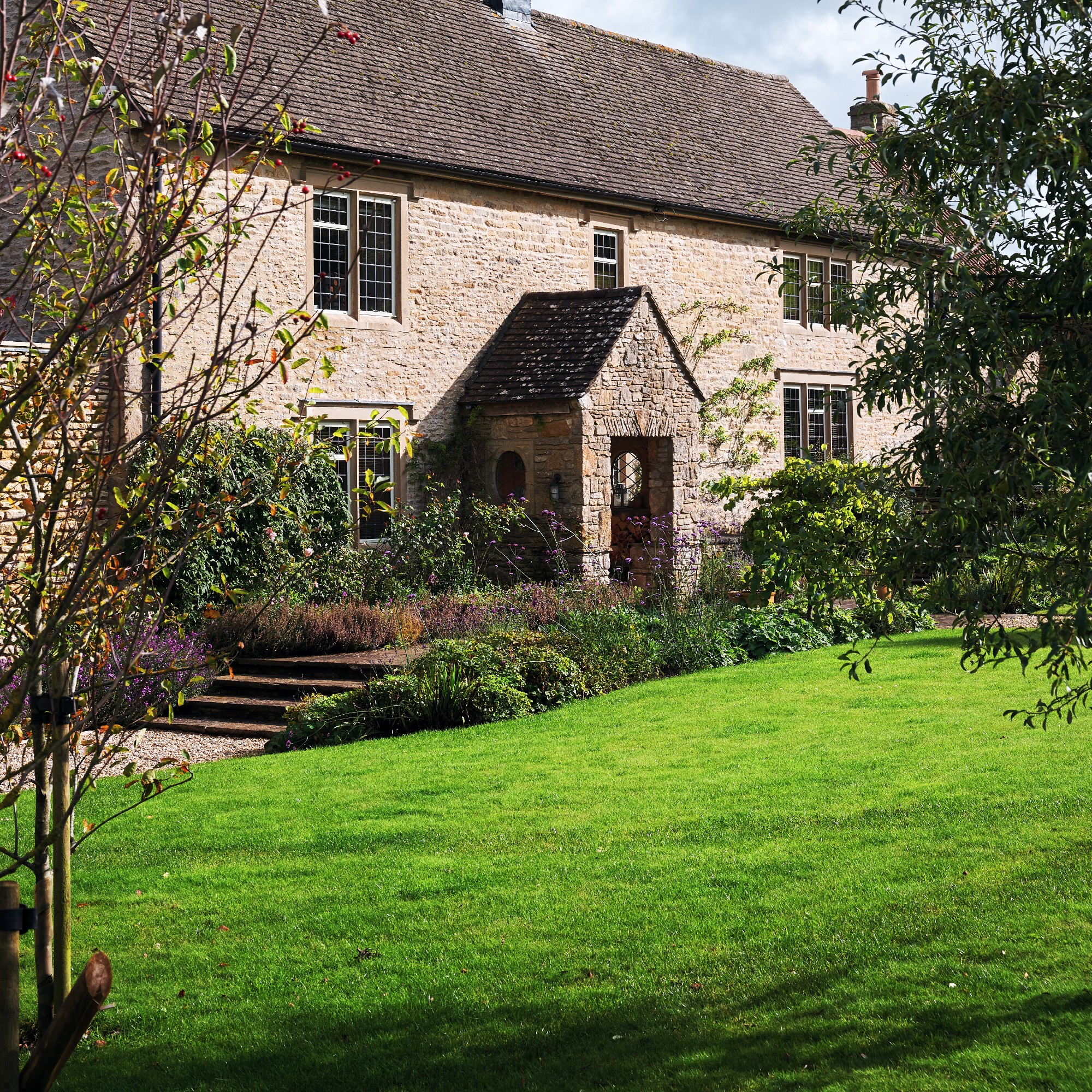
However, it’s important to note that this isn’t your average DIY garden job. Problems can arise by doing this yourself, which is why Alex would suggest seeking professional help if you have drainage issues.
‘It's essential to consider local building rules and regulations, seeking professional advice if the installation appears complex or if the drainage issues are severe,’ he says. ‘Consulting with a landscaper or drainage specialist can ensure that your French drain is installed correctly and efficiently addresses your property's specific needs.’
FAQs
Why would you use a French drain?
If you struggle with surface water or a waterlogged garden, a French drain can solve all of your issues.
That’s because a French drain is located just below the ground, inside of a trench. When your garden is exposed to heavy rainfall, the water will then seep through the perforated pipe and into the drain. If installed correctly, it will then flow down to another area of your garden.
The idea is to take water from an area of poor drainage to an area of sufficient drainage to prevent waterlogging.
When should you not use a French drain?
If you have a perfectly flat garden, a French drain is not the solution for you. In order to work properly, a French drain needs to be installed on a gradient - and even something as little as a 1% grade drop would work in its favour.
This is due to the fact that French drains rely on gravity to pull down the excess water. If there’s no slope, the water will continue to pool, and you may struggle even more with waterlogged grass.
Well, there you have it. Now you probably understand why people are raving about the French drain.

Lauren Bradbury has been the Content Editor for the House Manual section since January 2025 but worked with the team as a freelancer for a year and a half before that. She graduated with a Bachelor’s degree in English and Creative Writing from the University of Chichester in 2016. Then, she dipped her toe into the world of content writing, primarily focusing on home content. After years of agency work, she decided to take the plunge and become a full-time freelancer for online publications, including Real Homes and Ideal Home, before taking on this permanent role. Now, she spends her days searching for the best decluttering and cleaning hacks and creating handy how-to guides for homeowners and renters alike, as well as testing vacuums as part of her role as the Ideal Home Certified Expert in Training on Vacuums, having spent over 110 hours testing different vacuum models to date!
-
 Wood drenching is the calming new twist on the colour drenching trend – here’s how to make the look work in your home
Wood drenching is the calming new twist on the colour drenching trend – here’s how to make the look work in your homeIt’s easier than ever to embrace natural materials
By Maddie Balcombe
-
 Aldi is launching a £200 day bed with four different features - its sleek design is suited to the whole family
Aldi is launching a £200 day bed with four different features - its sleek design is suited to the whole familyYou don't want to miss out on this Specialbuy
By Kezia Reynolds
-
 How to set up a drip watering system that saves water and a lot of effort
How to set up a drip watering system that saves water and a lot of effortKeep your plants hydrated (and your water bill down) with this clever garden watering solution
By Natalie Osborn